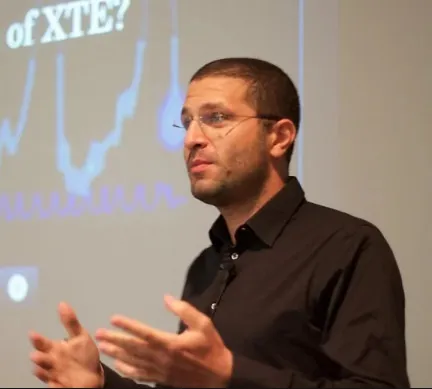About the project
During this project, the student will simulate how the burning layer spreads on the neutron star surface once the critical conditions are met. The results of this project will be compared with observations and theoretical predictions. The student will join the high-energy astrophysics group at Southampton, and will have the opportunity to collaborate with researchers from around the world.
Type I X-ray bursts, commonly referred to as thermonuclear bursts, manifest on the surfaces of neutron stars in binary systems. As gas lands, spreads and accumulates on the surface of the neutron star, it creates a layer of “fresh” material that can potentially ignite if the right conditions are met. Indeed, as the accreted material undergoes gravitational compression and heating, reaching critical temperature and density thresholds, thermonuclear ignition (fusion) of hydrogen starts. The subsequent nuclear reactions, predominantly facilitated by the CNO cycle, culminate in the rapid conversion of hydrogen into helium, accompanied by an explosive release of energy in the form of X-rays. This transient burst lasts only seconds to minutes, emmits more energy than the sun in a week, and offers a unique observational window into the extreme physical conditions prevalent on neutron star surfaces.
